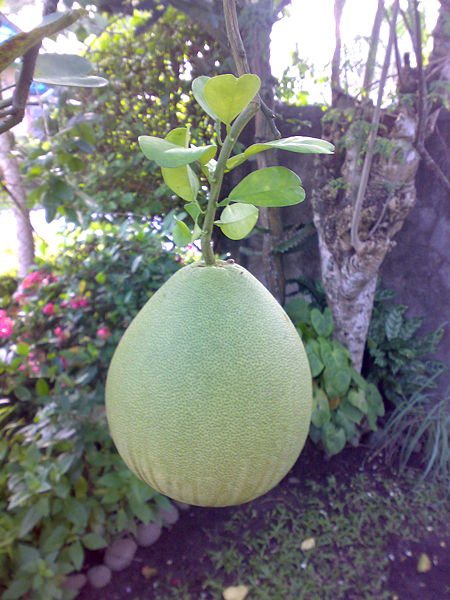|
TRANSLATIONS
Let us look again at the pattern at the beginning of Hua Reva and Hatinga Te Kohe, maybe put there to focus the attention of the reader:
There are 16 + 8 = 24 glyphs in Tahua of the type exemplified by Aa8-2 and Aa8-7, and Aa8-7 is an exception to the rule for side a, viz. that henua should be concave to the right:
Aa8-2 is the first of 7 glyphs with a thick henua, all of them located in line a8. With Hua Reva beginning at Aa8-4 (2 * 295 - 1 = 589) the thick henua type of glyph seems to signify Hua Reva, and Aa8-2 should therefore also belong in Hua Reva. However, the end of Hua Reva is at Aa8-61 (2 * 11 * 29.5 - 1 = 648), i.e. leaving Aa8-67 outside, in Akahanga. The moon crescent in Aa8-67 is reversed, which can be regarded as a sign of belonging to Akahanga instead of to Hua Reva. There are no glyphs of this kind on side a before we arrive to line a7. With Hua Reva in line a8, it must be Te Pou which 'inhabits' line a7 (given we are on the right track in our interpretations). 7 (as in line a7) indicates the moon (by way of the number of nights in a week), while 8 is the perfect number - meaning, perhaps, how a new cycle is generated from the end of the old cycle. Aa8-7 is maybe indicating the new cycle to arrive on side b. In Aa8-3 (rau hei) the old cycle is not dead (the circumference is not broken). The elbow ornament in Aa8-5 (tagata) is designed like a cycle looking like a drop or fruit (hua), reminding us of the shaddock:
... It is said that although the angry god took three months to collect his forces, he was unable to subdue the rebels, and, disbanding his army, resolved on more efficient revenge. At his command the dark clouds gathered and burst, pouring streams on the devoted earth. Towns, hills, mountains were successively submerged; but the rebels, secure in the superior height of their own dwelling-place, looked on without concern. But when, at last, the terrible surges invaded their fortress, they cried for direction to a god who, according to one account, instructed them to form a float of the fruit of the shaddock ... Maybe the thick henua in Hua Reva is the float of the shaddock:
Three months for Atua Mata Riri to collect his forces means some 3 * 29.5 * 2 = 177 glyphs in A, which means we must move to a beginning even before Te Pei (at Aa6-55):
There are 500 glyphs on side a before Aa7-1. Once with 10 months number 5 ought to have been associated with the end of the fingers on one hand. The first half of Te Pei is disjoint, it seems, from the second half, and Te Pou (we have calculated) begins with Aa7-29 (9 * 29.5 * 2 - 3 = 529) - numbers which by way of 29 signify 'death' both for moon and sun. In Te Pei the old season is swallowed (Aa6-67) and vai glyphs appear (Aa6-65, Aa6-75--76), and we have an 'empty stomach' or hole (Aa6-77):
The vai glyphs listed in my catalogue show that Aa8-4 (in Hua Reva) is connected with the three vai glyphs in Te Pei:
|
||||||||||||||||||||||||||||||||||||||||||||||||||||||||||||||||||||||||||||||||||||||||||||||||||||||||||||||||||||||||||||||||||||||||||||||||||||||||||||||||||||||||||||||||||||||||||||||||||||||||||||||||||||||||||||||||























